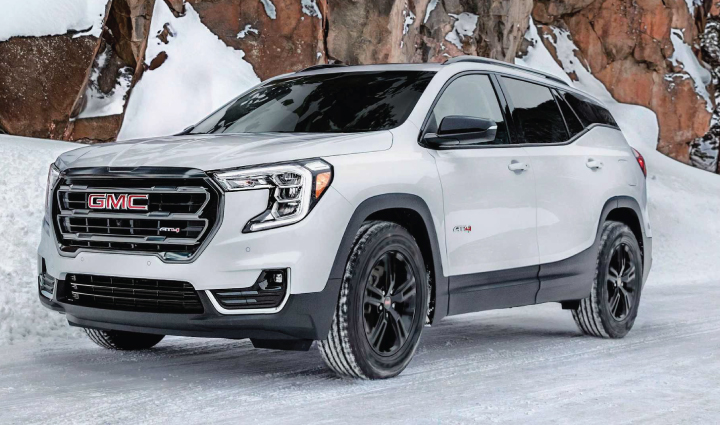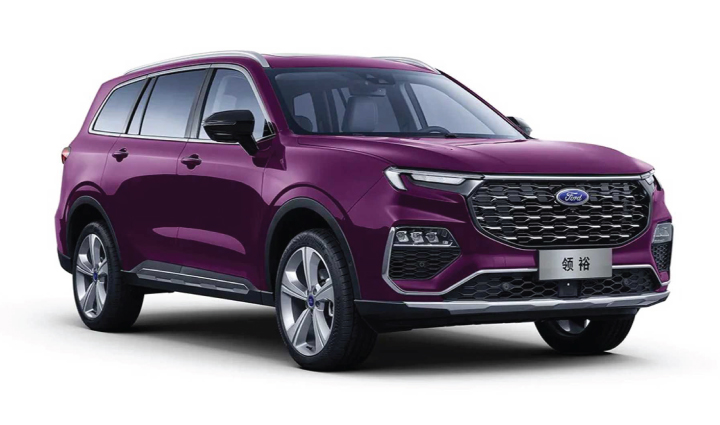2022 Triumph TE-1 Electric Powertrain Prototype and Bike Design Sketches

Triumph TE-1 Electric Powertrain Prototype and Bike Design Sketches Triumph announced that it was working on the TE-1 electric motorcycle project. It is an exciting road to embark upon, anyone who is interested in cars as well as motorcycles has likely watched the UK electric vehicle industry with a keen and interested eye. The folks at Hinckley were not interested in starting this journey alone. Instead, they planned to rely on other British companies and their comparative component competencies from the outset. Williams Advanced Engineering which is related to the late, great Formula One dynasty would handle the battery and controller. Integral Powertrain would handle the motor. The University of Warwick would handle benchmarking the prototype and developing plans for how to proceed before that prototype could even be tested. The Triumph sketches with a TE-1 concept update. They said, are far more Electric Speed Triple than Electric Bonneville, and we are pret...




















